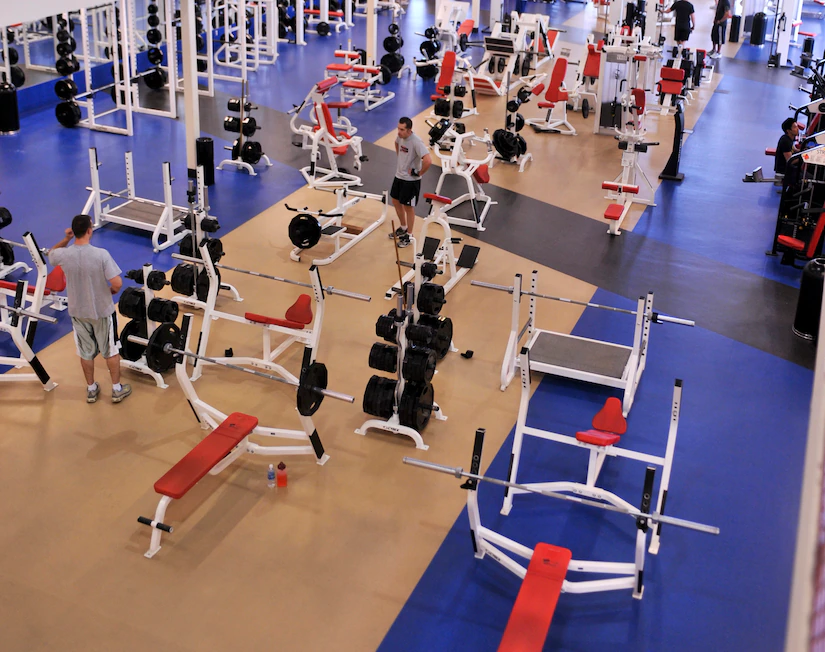Let’s face it, we all know physical self-improvement is important. But how often do we hear the most important types of exercises? In this post, I am going to share with you the top 5 most important types of exercises and why they matter.
Sometimes all it takes are five minutes of exercise a day to make a difference in your life. Here is an insight into the five most important types of exercises that can drastically improve your mood and health. Do remember to read this article before you hit the gym!
Aerobic or Endurance
Different types of exercises are characterized by how they affect the body. This can be done through anaerobic or aerobic means. Functions of the musculoskeletal system (muscles, bones, tendons, and ligaments) are also a key characteristic of different types of exercise.
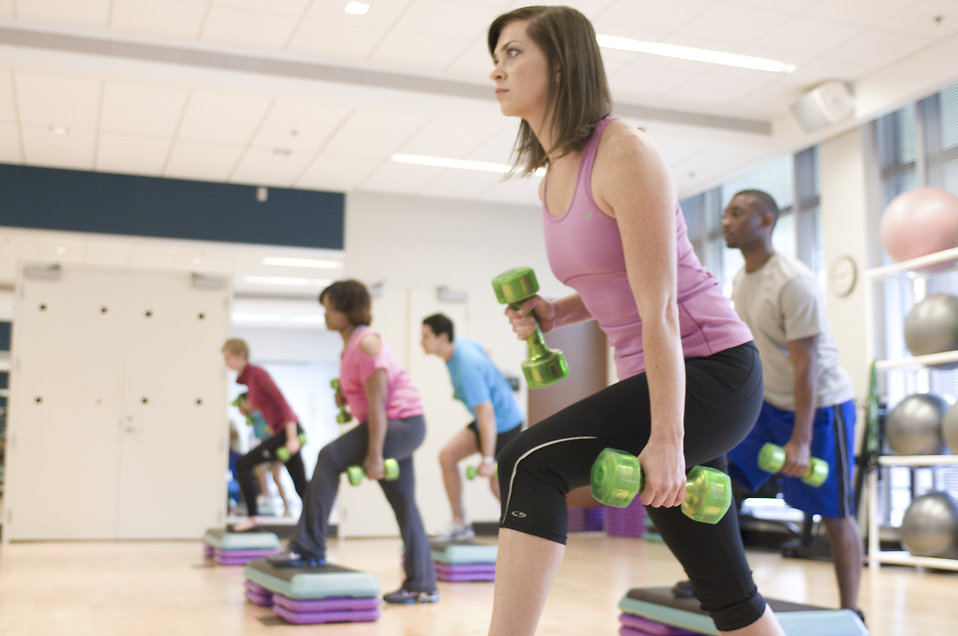

Aerobic exercise is any physical activity that uses large muscle groups and causes the body to use more oxygen than it would while resting. The goal of aerobic exercise is to increase cardiovascular endurance. Examples include running, cycling, and swimming.
Anaerobic benefits: Using a variety of anaerobic exercises can help you improve your strength and build lean muscle mass faster than aerobic exercise alone.
Aerobic benefits: Aerobic exercises can have a positive effect on your heart, lungs, brain, and immune system and could help prevent chronic diseases such as type 2 diabetes, cancer, and heart disease
Anaerobic or strength
Anaerobic training, also known as strength training, helps you build muscle and increase your strength by using your own body weight or resistance against weights. This type of training will also increase your power, speed, concentric strength—which governs how fast you can lift a weight—eccentric strength—how fast you can lower a weight—and isometric strength—your ability to hold a static position without moving.
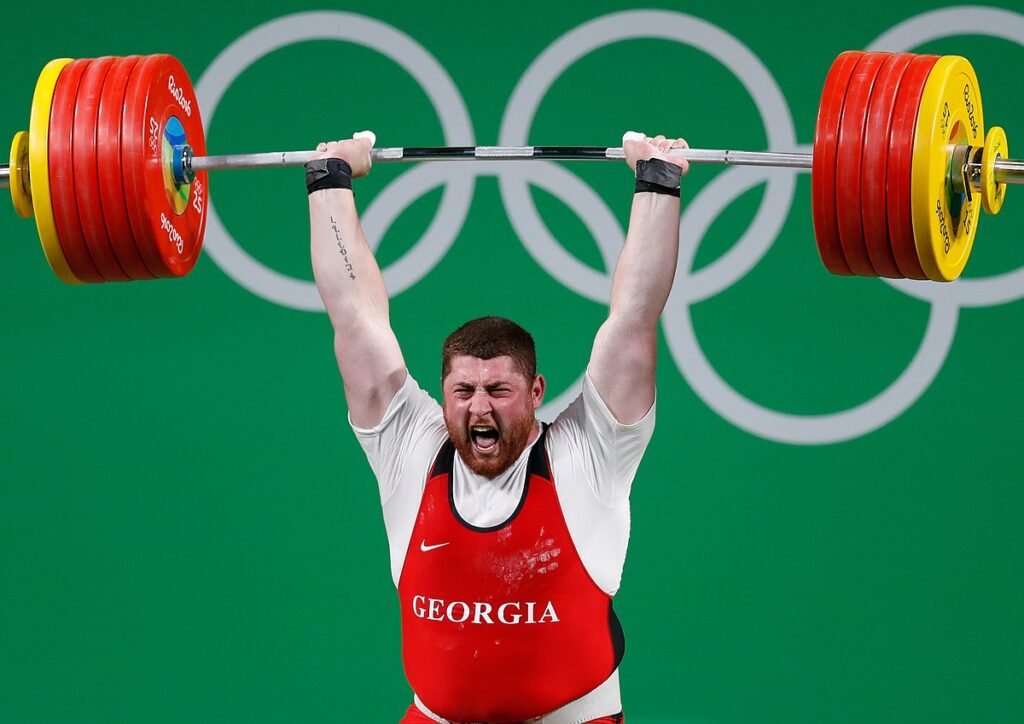

It’s important to note here that the term “anaerobic” means “without oxygen” and refers to the way in which this energy system works (i.e., it doesn’t require the presence of oxygen). Thus, the more common term for this type of exercise is “resistance” or “strength” training, as opposed to aerobic exercise that does use oxygen.
Mobility
Mobility exercises are designed to increase the flexibility and range of motion of your joints, keeping you limber and injury-free. Some people talk about mobility as if it’s a special type of exercise in its own right, but it can actually be considered more like a warm-up or primer for other exercises. It’s not usually part of the main workout but using mobility exercises before and after a workout can really help improve performance and reduce soreness afterward.
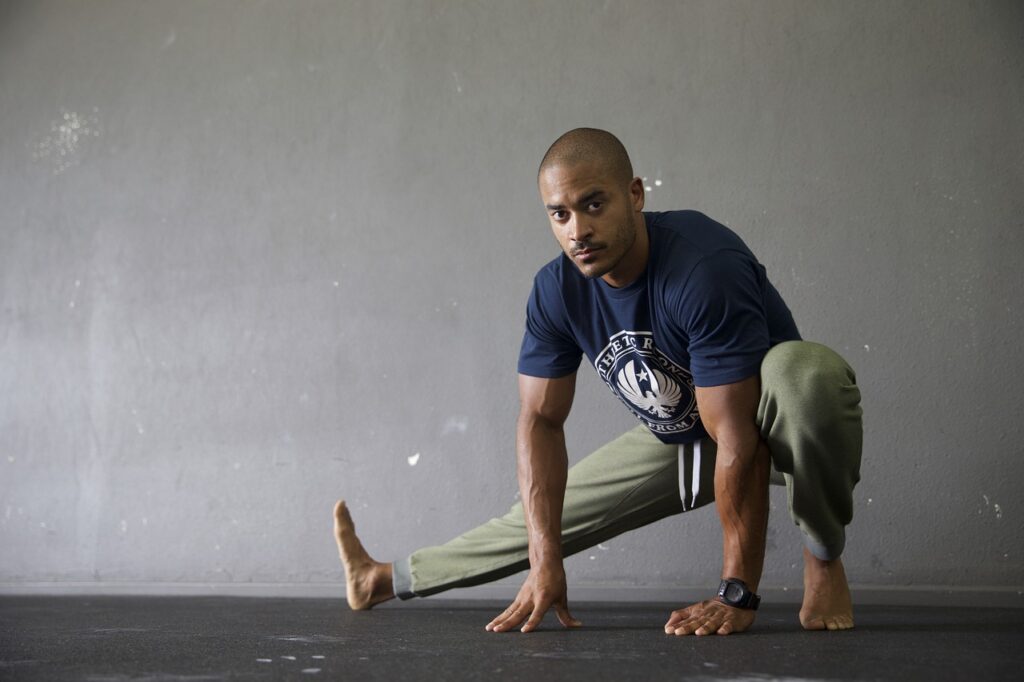

Most workouts consist of multiple sets of an exercise with rest periods in between them. Mobility exercises are performed during these rest periods or in place of sets entirely. You might perform 10 squats then use some mobility exercises for 30 seconds during your rest period, then repeat until done with your workout. Or you could take the time between sets to do a couple minutes’ worth of mobility work instead—this is called active recovery.
The key is to focus on one area at a time: either the upper body, lower body, or core (no need to do all three at once unless it’s part of your warmup). Pick two or three stretches that target that area and spend two minutes doing each one before moving on to another area (or resuming your workout). Here are some examples:
Core Strength
Your core is your body’s foundation. Literally. And no, it’s not just made up of your abs (though they are part of it). The muscles that make up your entire core—the back, hips, and pelvis—are responsible for power and stabilization. How? By working together to prevent your body from moving in ways that you don’t want it to. Your core is involved in all movements of the body, so a weak one could mean the difference between accomplishing a goal or getting sidelined by injury.
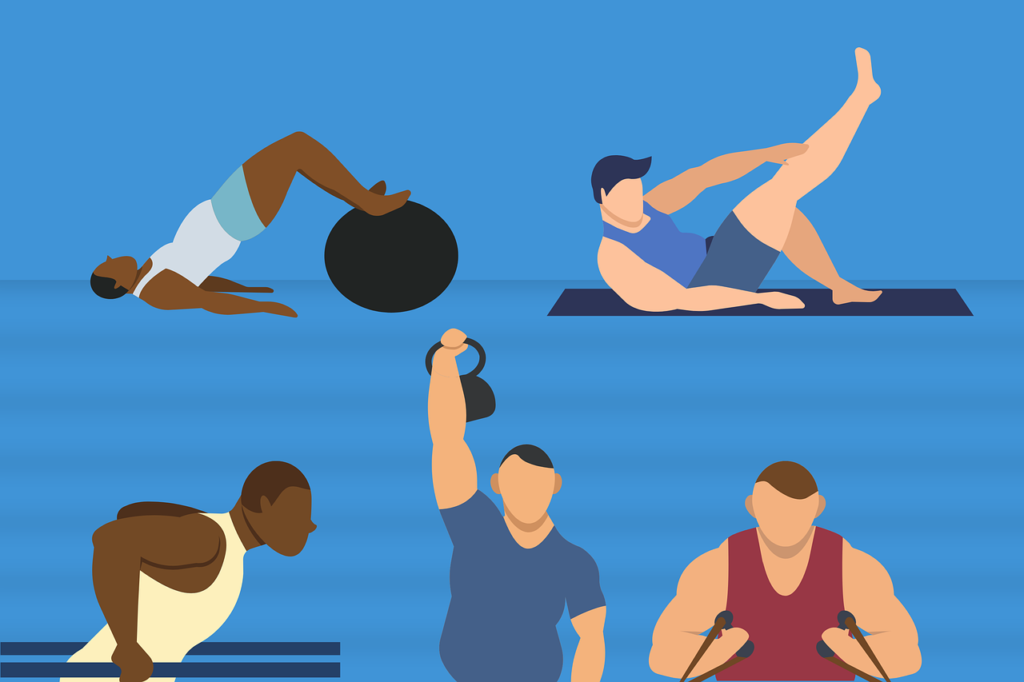

Flexibility
We’re all different. That’s normal. But some of us, we don’t want to be the same. It might not seem like it at first (for example, if your flexibility improved a lot after swimming in the ocean for an hour), but there are so many benefits to being flexible that it’s worth trying and learning how to improve if you need to. For instance, if you use your shoulders a lot at work, or have a hard time doing your daily chores because of tightness in certain muscles around your neck or back and shoulders, stretching can help loosen up those parts of the body and make activities more comfortable. Stretching also helps keep muscles healthy and limber so when the next time something happens (like another sprain) you won’t feel as much pain or stiffness afterwards and can get back to doing what you love as soon as possible!
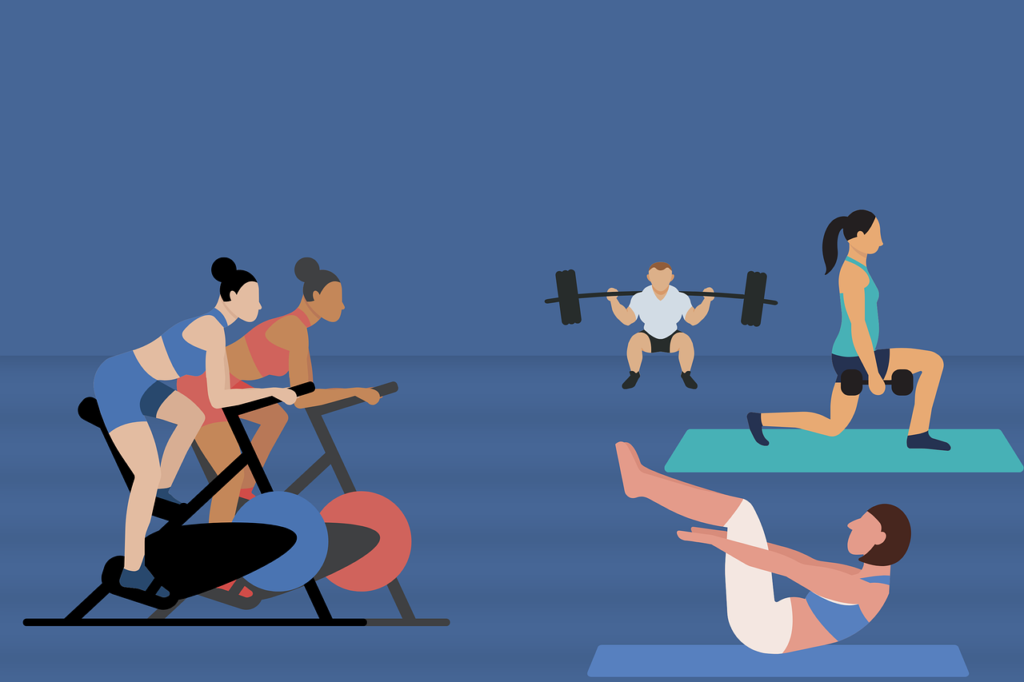

Balance
Being well-balanced physically is also something that can be achieved through different styles of exercise. This will help you maintain a healthy lifestyle, as well as keep you from getting injured and preventing your muscles from growing fatigued. By maintaining balance, it will be easier for you to maintain a healthy weight, improve your overall posture, and improve your body’s ability to control its movements. In addition to these benefits, exercising can help improve mental health by improving self-confidence and reducing stress levels. As an added bonus, if you learn how to maintain proper balance while working out, it can even reduce your risk of falling and fracturing bones!
From strengthening muscles with weight training or toning them through cardio activities and increasing flexibility with yoga or Pilates exercises, there are plenty of ways to incorporate all types of fitness into a workout routine in order to achieve the most optimal results possible! It is always recommended that each person consult their doctor before beginning any new exercise regimen though – especially when starting out on an unfamiliar type!
Exercise is important to staying healthy and helps reduce stress.
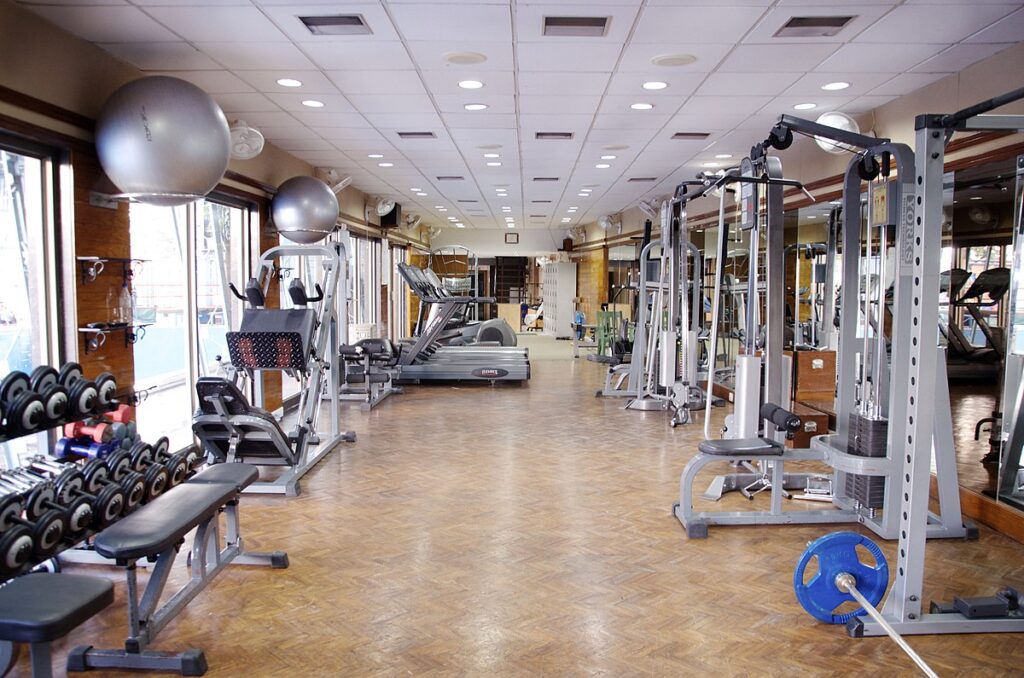

Exercise is important because it:
- Releases endorphins, so you feel good. You may have heard of the “runners high” where you feel like you are flying along on clouds and that is exactly what this feels like. Studies also show that exercising can help improve your mood as well as times when you experience depression or anxiety.
- Improves mental health and helps reduce stress. Even doing a small amount of exercise can make a big difference in how stressed you feel. This one is great if deadlines are coming up and the pressure is on to meet them!
- Improves sleep. I know that when I don’t get enough sleep, I’m less productive but being physically active can actually help improve your sleep patterns and help with insomnia. Who could say no to sleeping better?
- Helps manage weight and helps fight chronic diseases such as type 2 diabetes, heart disease, stroke, cancer, Parkinson’s disease, and Alzheimer’s disease. A healthy diet plus regular exercise will help ward these ailments off.
Getting proper exercise is one of the best things you can do for your mind and body. Not only does it help with your physical health, it also keeps your brain functioning at its best.
All in all, there are numerous types of exercise that you can choose from, and I hope this article has helped give you some idea of what they are and how they can be helpful to you in your daily life.

